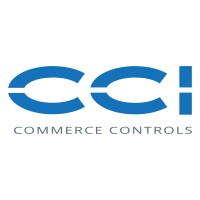
Dakota Automation
At Dakota Automation, we describe our approach as the thoughtful implementation of automation to solve manufacturing challenges. With a world-class facility in South Dakota, and technical expertise throughout the organization, we are a full-service American OEM providing our customers with premium manufacturing equipment. Our core competencies include custom automation and equipment, material handling and inventory management systems, and robotic systems integration. The full portfolio of our equipment includes an ever-expanding range of machines across a multitude of industries.






